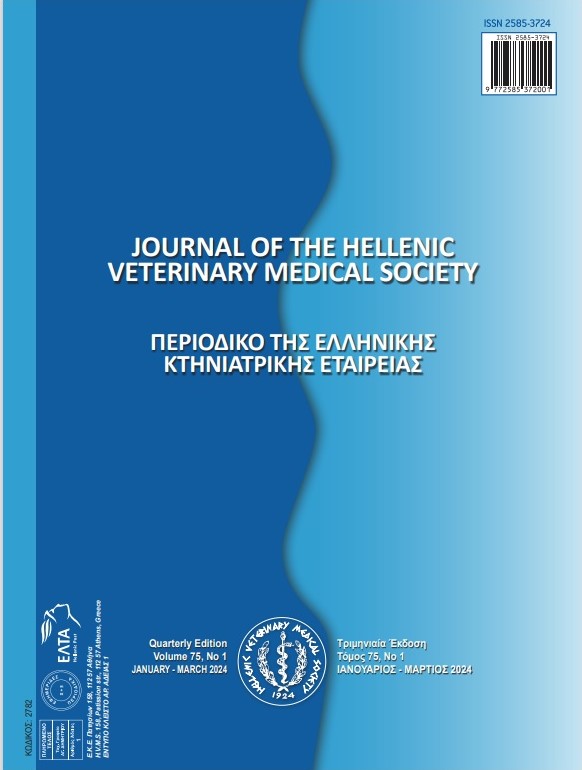Comparison of growth, carcass and meat quality characteristics of triploid and diploid Black Sea trout (Salmo trutta labrax) under laboratory conditions

Abstract
This study compared the growth performance of triploid and diploid Black Sea trout (Salmo trutta labrax) during their fry (initial weight 0.21 – 0.21 g), fingerling (1.97 – 2.08 g) and juvenile (52.15 – 57.81 g) stages. The carcass ratio, gonadosomatic index (GSI), hepatosomatic index (HIS), proximate and fatty acid composition for the juvenile fish were also investigated. The results evinced no metabolic advantage resulting from triploidy before sexual maturation of Black Sea trout as the triploid growth was equal to diploid siblings. The juvenile triploid Black Sea trout grew faster than diploid having significantly higher weight gain, length increment, thermal growth coefficient, specific growth rate, and lower feed conversion ratio. The GSI values tended to increase over time in diploid and their significantly lower values were observed in triploid in the last three months of the trial. The HSI of triploids were significantly higher than diploid siblings. Triploid had significantly higher fat contents, and possessed higher levels of saturated and monounsaturated fatty acids than diploid. Diploid had higher polyunsaturated fatty acids than triploid siblings. These findings indicate the potential for superior triploid growth with better carcass ratio suggesting a great benefit of induced triploidy in Black Sea trout culture.
Article Details
- How to Cite
-
Delihasan Sonay, F., Başçınar, N., & Akhan, S. (2024). Comparison of growth, carcass and meat quality characteristics of triploid and diploid Black Sea trout (Salmo trutta labrax) under laboratory conditions. Journal of the Hellenic Veterinary Medical Society, 75(2), 7235–7246. https://doi.org/10.12681/jhvms.31899 (Original work published July 9, 2024)
- Issue
- Vol. 75 No. 2 (2024)
- Section
- Research Articles

This work is licensed under a Creative Commons Attribution-NonCommercial 4.0 International License.
Authors who publish with this journal agree to the following terms:
· Authors retain copyright and grant the journal right of first publication with the work simultaneously licensed under a Creative Commons Attribution Non-Commercial License that allows others to share the work with an acknowledgement of the work's authorship and initial publication in this journal.
· Authors are able to enter into separate, additional contractual arrangements for the non-exclusive distribution of the journal's published version of the work (e.g. post it to an institutional repository or publish it in a book), with an acknowledgement of its initial publication in this journal.
· Authors are permitted and encouraged to post their work online (preferably in institutional repositories or on their website) prior to and during the submission process, as it can lead to productive exchanges, as well as earlier and greater citation of published work.


